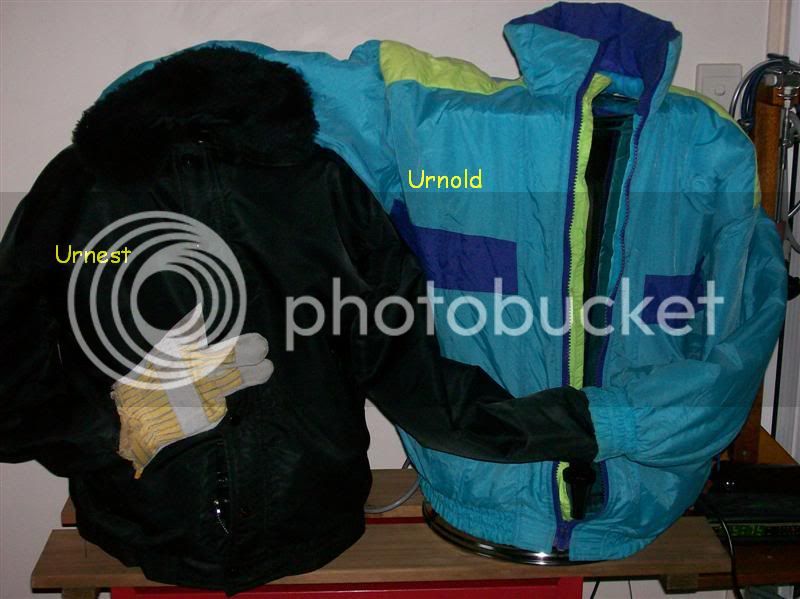Yep Rosscoe, stovetop BIAB methods have indeed opened the all- grain door for lots of folks who wouldn't otherwise have had the opportunity to try it. For <$50, it set my all- grain brewery up, wasn't hard at all, plus the guides & info available here and around the traps along with some helpful fellow brewers, all made it fairly straight forward for me to get going.
To be honest, no, stovetop BIAB isn't suited to all styles, but by cripes, it is pretty good for a hell of a lot of them!

There's not really any limit as far as everyday styles go, that's for sure, bigger setups might augment your equipment for a little more flexibility, but I've not seen the need in almost two years of stovetop BIABing so I've stuck with it.
BIAB isn't as fussy with its crush as other methods using a manifold of some sort for lautering, so some brewers use a coffee grinder for sure, many use a Marga Mill (available from AHB sponsors), however at the moment the $A is strong so the imported mills from the US can be landed at a very reasonable price.





